Seeking holiday sparkle?

Connection is by design, especially online
These days, we could all use a little cheer. While the holiday season is going to look a little different this year, the little things still bring joy. In this month’s “On Our Minds…”, we look at the multisensory traditions that remain evergreen. Scroll on down as we explore new ways to connect.
On our minds
‘Tis the season for magic! For kids (from 1 to 92), this time of year is often accompanied by a sense of wonder and possibility. Whether they await presents from a physics-defying Kris Kringle, celebrate the Festival of Lights or gather for Kwanzaa, the arrival of December brings with it an air of anticipation. That’s a good thing; the wonder and delight of this season can contribute to good mental and physical health.
Even in secular households, the time around the winter solstice tends to be surrounded by tradition. We can’t help it: the tie between the senses, culture, and ritual is strong. We connect over the sound of quiet music drifting down the hallway or the smell of cookies and pine hanging in the air. We wear cozy sweaters and partake of every conceivable combination of pumpkin and spice science can create. People share gifts (like these suggested by the New York Times) rich with color, flavor and style. The holidays are special in part because of this multisensory symphony.
These traditions a roadmap to more fulfilling experiences year-round. Our sensory system offers a gateway to delight—one that is as available in July as in December. Just like during the holidays, it’s the accumulation of lots of little touches that make for delight. For example, we often think of the clever folks at Convene who came up with a charming and unexpected solution to buildings that are frequently over-cooled in the summer; they offer occupants a shawl. Or, be inspired by our friend Liz Elam of GCUC, who can be found lighting candles in the restrooms before her events.
The apparent serendipity of physical environments—and, to a degree, the choices we make within them—are heavily influenced by numerous decisions made by the designers of spaces, such as how many desks to have and how to arrange them, where to put the coffee nook so that people cross paths and how to arrange furniture so that they make eye contact. These decisions can either raise or lower barriers to interaction.
The celebrations and rituals of the typical office—birthday parties, coffee klatches, Thursday night happy hours, and the like—have evolved over decades or even generations. Widespread telework, on the other hand, is a pretty recent invention. As a result, people tend to default to how they used to do a conference call at the office: jump on the line at the last second, go through the agenda (possibly while multitasking), and hang up.
The problem is that this leaves little room for the spontaneous connections and collaborations that lead to new ideas and better performance. In the physical workplace, most of us didn’t think of a few minutes of chitchat as lost time, but as valuable bonding with a colleague, a way to relax, preparation for the discussion to come, or a much-needed persion.
At most organizations, there isn’t yet a set of traditions around distributed work that makes up for the loss of the 10 minutes of chit-chat before meetings or the exchange of personal histories during an office potluck, but this is simply a matter of effort. We can design digital experiences that facilitate these connections.
Going into 2021, a lot of people are reimagining the workplace experience. The last few months have broken old habits and shattered misconceptions about what people need to thrive at work.
As we look toward a future of work that is likely to become increasingly reliant on digital connection, it’s a good time to set some intentions. Yes, we know that most New Year’s resolutions don’t last through January—we even wrote about ways to improve those odds. Yet, even if we’re not always successful, making a resolution is still far more effective—as much as 10 times more—than simply wishing to behave differently.
Not all resolutions are the same. Something that seems obvious but bears repeating: a resolution has to be something you actually want to do—it has to matter. And the secret of your success, may lie in making it a habit, turning behavior into a muscle memory. As explored in a fascinating episode of Hidden Brain, it be can helpful to think of teaching humans the same way one might train a dog (young or old).
Our own resolution is simple: we’re looking for more ways to connect, unbounded by space. This takes something of a leap of faith; for connection to work its magic, you must be willing to eschew narrow definitions of productivity. It can be as easy as taking a moment to show someone that they are valued—like these students did for a professor. A bit of silly fun—like Zoom Karaoke? Or, planning to stay online after a meeting, to share some mulled wine?
This year has been remarkable—both for the challenges we’ve faced and the amazing ways in which people and workplaces have adapted to them. Long-simmering social issues, like challenges facing our cities and the people who work in them, have been laid bare. As author Dan Pink describes in his work on the science of timing, unusual events can alter our perception of time itself. But for those who are open to possibility, the year ends auspiciously with a planetary alignment not seen for 800 years. At the very least, it presents us with an opportunity for delight.
A final appeal and a confession: we omitted the philanthropy section of our gift guide last month, please consider a donation to a worthwhile organization. Some of our favorites include Design for America, Young New Yorkers, Center for Urban Pedagogy, Storefront for Art and Architecture, Wikipedia, your local food bank, or a new museum like this Museum of Words.
From the archives
This time last year we wrote about a trend toward physical environments designed to be flexible and inclusive of a wider range of occupants. We could never have imagined the changes that would occur this year that would cause many people to reexamine their ideas of what a workplace can be.
Maybe you’re feeling a bit down; it’s not you. Part of it is the weather. Take a look at our piece from 2018 about strategies for improving health and wellness, even when you might never see the sun!
Finally, we bid 2020 adieu. We wish you and yours a happy and healthy holiday season, and we’ll see you in the new year. Until then, we’ll be enjoying this awesome holiday flash mob by the US Air Force Band, and ringing in the new year to the tunes of The Roots on Tiny Desk.
In Case You Missed It
This time of year is pretty busy for everyone—here’s what might’ve slipped by you this month.
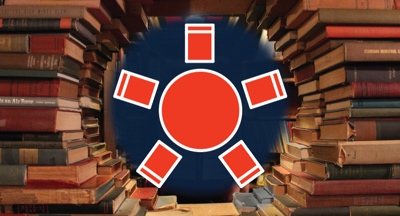
Introducing: Our Resources Page
We’re excited to make available a selection of our future forward workplace strategy tools. Take a look!
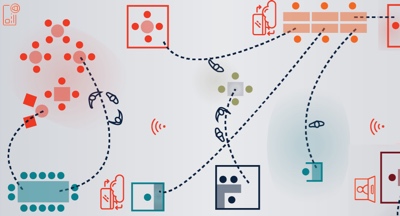
ABW: Now More Than Ever
Experts in flexible work, design and technology shared what makes Activity-Based Working a good fit for this moment, in our own webinar series.
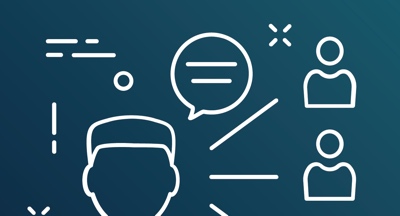
Workplace Strategy for Today and Tomorrow
We contributed to a new ebook on the importance of connective technology for the workplace experience.
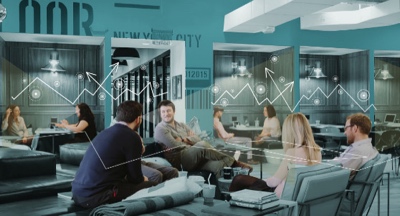
The Role Tech Plays in Future Workplace
Our friends at CoWorkr shared highlights, and a recording, of the tech-forward conversation in our recent webinar.
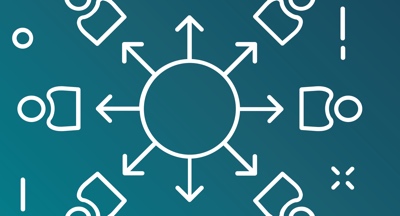
Decolonizing Design Research: Citizen Participation
The first workshop in this new series features discussion of the principles and legacy of citizen participation, and how to use it to reduce bias in design research.
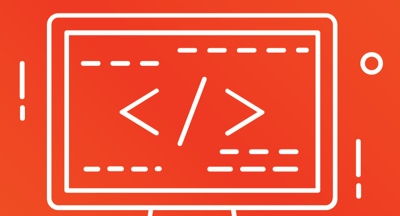
Modeling COVID Transmission
Researchers at MIT built an interactive model showing how the coronavirus is spread indoors. It’s more complicated than you think.
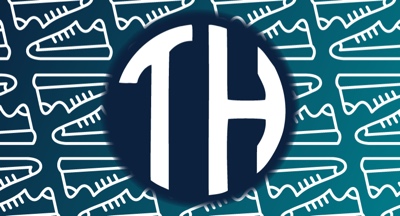
Remembering Tony Hsieh
The innovative leader of Zappos, known for prioritizing the wellbeing of his employees, passed away late last month. His work will continue to inspire!
Looking Ahead
The new year brings with it some welcome cause for optimism. Here’s where you’ll find us in 2021!



